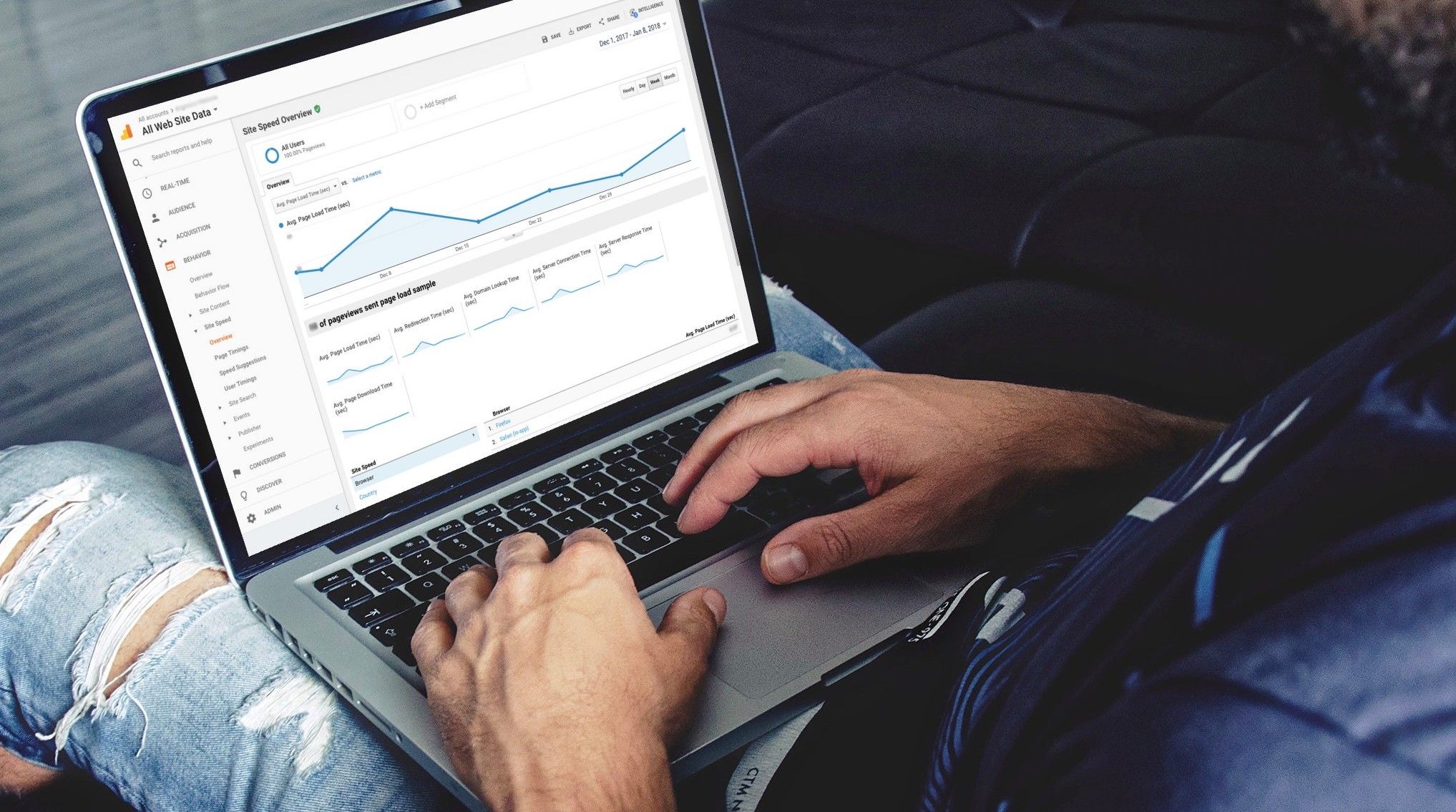Your Ultimate Guide to Improve Website Speed
If you want to increase the speed of your website, you can use free tools to test the speed of your site. You can check your website speed by downloading a free website speed test tool from Google or Uptrends. These tests will tell you exactly how fast your website is and give you an action plan to improve its speed. Read on for more tips and tricks to increase your website speed. And don’t forget to check out the other articles on the topic.
Time to first byte
Using Time to first byte to website performance improvement is a great way to alert your visitors of possible loading problems. This metric accounts for about 5% of a page’s load time. Too much JavaScript or other components can make it take longer. Additionally, bad time to first byte can prevent the browser from starting the client-side rendering process. A good time to first byte should be less than 500ms, or even less than one second for high-speed connections. Getting this metric right will give your pages a fighting chance to be interactive within 3 seconds.
Another important key performance indicator is Time to first byte. This is the amount of time it takes for the first bits of a web page to reach a browser. A page’s initial markup, which includes references to external resources, can take time to download. This can be a big killer if the response time from the server is too long. It is possible to improve your website’s TTFB with a server tuneup, but it’s best to have a server that’s optimized for maximum performance.
Server-side optimization
If you want your website to load faster, server-side optimization is key. A stable Time to First Byte (TTFB) of less than 300 ms is ideal. The faster your site loads, the better for SEO. Your visitors should be able to navigate it easily, so the quicker your site loads, the better. To measure your host’s TTFB, use a tool like ByteCheck. Run the homepage six times to see how quickly your website loads.
The number of HTTP requests per page should be as low as possible. According to Yahoo, 80% of a web page’s loading time is spent downloading different parts of the page. This means that the more on-page components, the longer the page will take to load. To improve your website’s HTTP requests, the first step is to benchmark your site. A quick benchmark of your site’s HTTP requests will provide you with a rough idea of how many components are causing the slowdown.
Minimizing redirects
When a visitor visits your website, you may want to consider implementing a solution that minimizes redirects. While redirects are necessary to get visitors to the right page, they can make the pages load slower and slow down the overall speed of the website. Furthermore, a large number of redirects can wreak havoc on SEO and other optimization efforts. Fortunately, redirects can be set up through a WordPress plugin.
Firstly, it’s important to understand the difference between 301 and 302 redirects. A 301 redirect is a permanent move to a different URL, while a 302 redirect is only temporary. While 301 redirects are best for pages that have been deleted or moved, 302 redirects can cause confusion for search engines and may increase the load time of a website. If you are using 301 redirects, it’s best to stick to these, as they have the biggest effect on performance.

Optimizing fonts
Web font optimization is a complex topic that depends on your hosting preferences, your website design, and your server. Fortunately, there are many methods to help your site load faster. Before you begin, you should first know how many fonts you use. You can use a speed testing tool to find out. Additionally, you should know whether fonts are being used by plugins or themes that you don’t control.
You can also optimize fonts by grouping them into multiple subsets. By doing this, you can reduce the file size and decrease the number of HTTP requests required. Fonts can also be subset by language and glyph, which can reduce the amount of data that must be downloaded. In addition, fonts can be preloaded, which is another valid optimization strategy. However, you must take into consideration the size of the fonts you are using when optimizing them.
Time to interactive
In website performance, a website’s Time to Interactive is a key measurement. The Time to Interactive metric determines the total amount of time it takes to interact with a webpage. Ideally, a page should take no longer than 50 milliseconds to render. In case you’re unsure of how to measure this, VitalFrog is an excellent tool to use. It will help you identify any tasks that are taking up your main thread and give you recommendations to improve your score.
There are several web metrics you should look at when evaluating a website’s performance, including the Start Render and the Speed Index. These measures are important for measuring the loading speed of a web page, but they do not measure the time to interactive experience. Time to Interactive is the key metric for digital experience, and it is essential for website performance. If your website is slow to load, it will be frustrating for your users.
